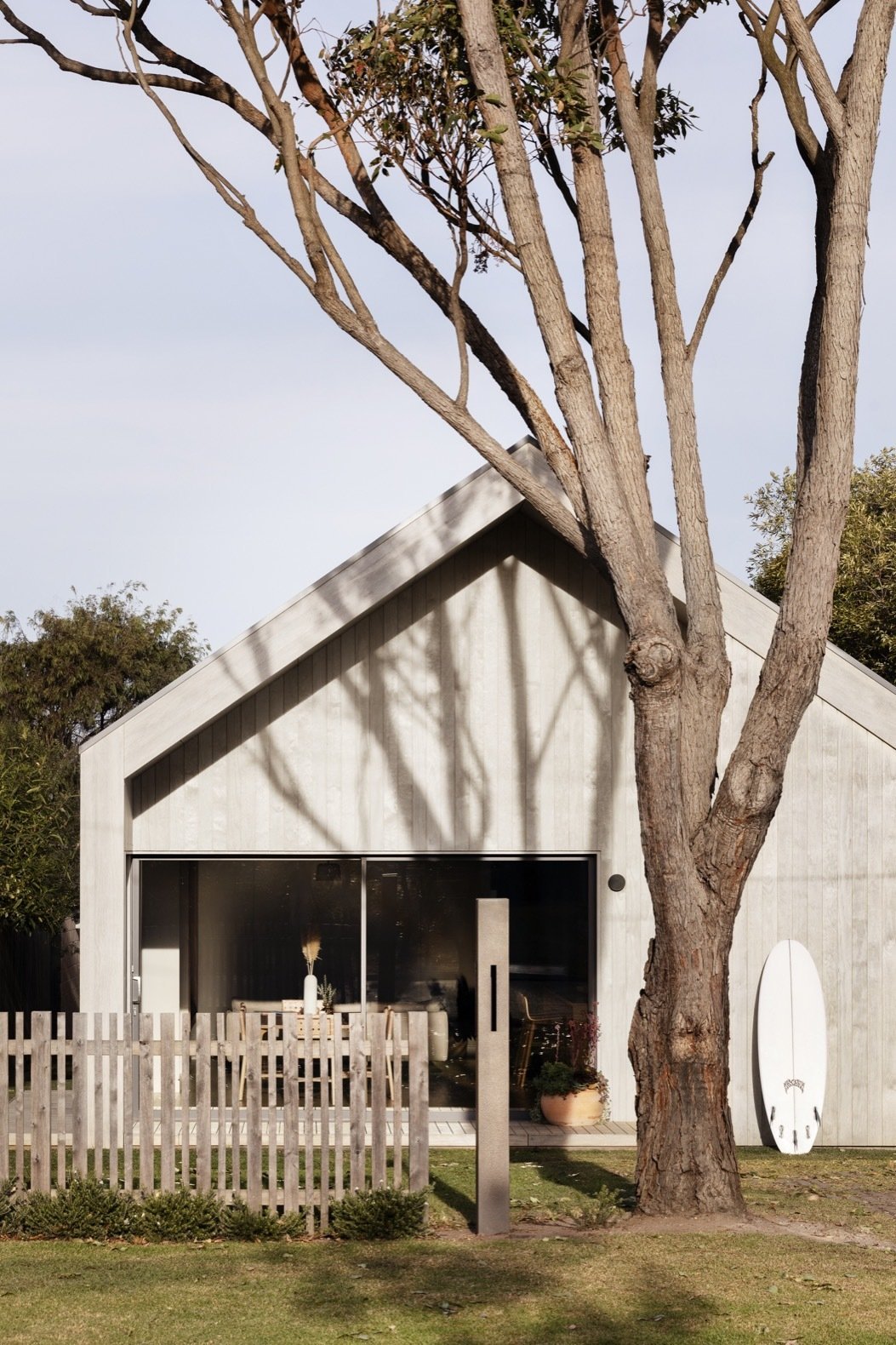The Importance of Building A Sustainable Home
The Treehouse - Yarrow Build & Sarah Yarrow Interiors
Have you ever considered building a sustainable home?
As we seek new and innovative ways to reduce our environmental footprint, creating eco-friendly, sustainable houses is becoming increasingly important.
Building a sustainable home starts with intelligent design, strategic thinking and smart material choice - when building a sustainable home, you’re building with the future in mind.
Yarrow Build has been founded on a desire to positively contribute to our planet and our communities. This means designing and building structures that are timeless, functional, suited to the environment in which they exist and are built to last. And importantly, to be loved for generations to come.
From our experience, here are some ways you can build or renovate sustainably.
What is a sustainable home?
Living sustainably doesn't mean moving to the country and living off the grid! It's about everyone doing a little bit to help the greater good and having consideration for the building and design choices we make now and how they will impact the future.
Building a more sustainable home means helping to improve the environment; plus, a sustainable home design can also reduce the cost of running your home.
A sustainable home lowers the negative impact of the building (and in some cases is beneficial) on the environment. This means that the home's environmental impact has been considered, and actions have been taken to reduce it through several methods, including choosing sustainable materials, designing to minimise energy usage or the inclusion of eco-friendly technology.
Why build a sustainable home?
There is a range of rationales for wanting to go green. From aligning with your lifestyle choices to reducing utility bills, the benefits of building a sustainable home are ongoing and worthwhile if you aim to reduce waste and improve your energy and water consumption.
If you're building your own home, incorporating sustainable solutions isn't a costly challenge. In fact, eco-friendly buildings can benefit the environment whilst saving you money.
How can I integrate sustainability into my home?
Designing a sustainable home means the layout and positioning of the home play a big role as it can be strategically designed to take advantage of the environmental surroundings.
Depending on its surroundings, the home can be positioned to be cooled by natural breezes and warmed by the sun, minimising your reliance on internal heating and cooling systems.
The home can also be designed to maximise natural light to reduce electricity use and be positioned to maximise sun exposure for solar panels as a natural power alternative.
We are big advocates for renovating, restoring and adapting an existing structure to avoid knocking down an existing house.
However, sometimes (especially when there is no architectural significance to the home), it’s ideal to start from scratch and build a home designed to maximise efficiencies rather than trying to seal up an older home that can be challenging to retrofit.
Here are some other elements to consider:
Image: Design/Build/Interior: Leyer | Photography: Dylan James via SUSSEX
Recycle and reuse construction waste
Ensuring that the unused materials from your build are properly recycled or repurposed is a great way to minimise waste. Additional timber offcuts could be transformed into furniture for the home, used to create fencing or even flower beds; the opportunities to maximise the life of all of your building materials are endless.
Cross ventilation
This form of ventilation drives air from openings at one side of a building through to the other. Natural cross-ventilation reduces energy consumption for mechanical cooling during the warmer months; it's effectively free and will ensure a building is properly cooled.
Insulate your home properly
Insulation is the cornerstone of an energy-efficient home and is also the most cost-effective way to improve your home's energy efficiency and comfort. The benefits of going over and beyond can have far better results to the comfort of the home throughout the year as well as reduced energy costs.
Install a light coloured roof
Light coloured roofs reflect the sun's heat rather than absorb it, which can have a great cooling effect on your home interior.
Integrate sustainable features and technology
We're fortunate enough to live in a time of solar power and energy-efficient features such as LED lights and water tanks; reducing your reliance on traditional energy and water
Some of the suppliers leading the way with products are:
Weathertex; who only uses PEFC certified state forest or private hardwoods from controlled sources. The logs are chipped, pulped and pressed with 3% natural wax to make Australian eco-friendly, timber products that are completely natural with no chemical additives.
House of Bamboo; who promote the use of bamboo for timber work including decks, screens and furniture. Incredibly renewable, strong, and plentiful, engineered bamboo is guaranteed to become the timber of the future.
Life Panels; who manufacture premium quality systems for walls, roofs and floors from responsibly sourced wood fibre.
How does Yarrow Build do their bit?
When building a sustainable home, there are many things to consider; however, with the right advice and team behind you, you can create the home you've always dreamt of without sacrificing the environment.
At Yarrow Build, we are committed to playing our part in making sustainable choices where we can in all stages of our projects, as well as enhancing awareness around reducing the impact on the environment.
With an architect, interior designer and builder all on one team, we guide our clients from initial ideas through design, planning approval and construction.
With sustainability & conscious thinking at the forefront of all that we do, we prefer to bypass trends and instead create homes that are uniquely suited & perfectly aligned to each of our clients.
Interested in learning more about sustainable building practices or how we can help you build your future home? Book a call and say hello; we'd love to hear from you!


